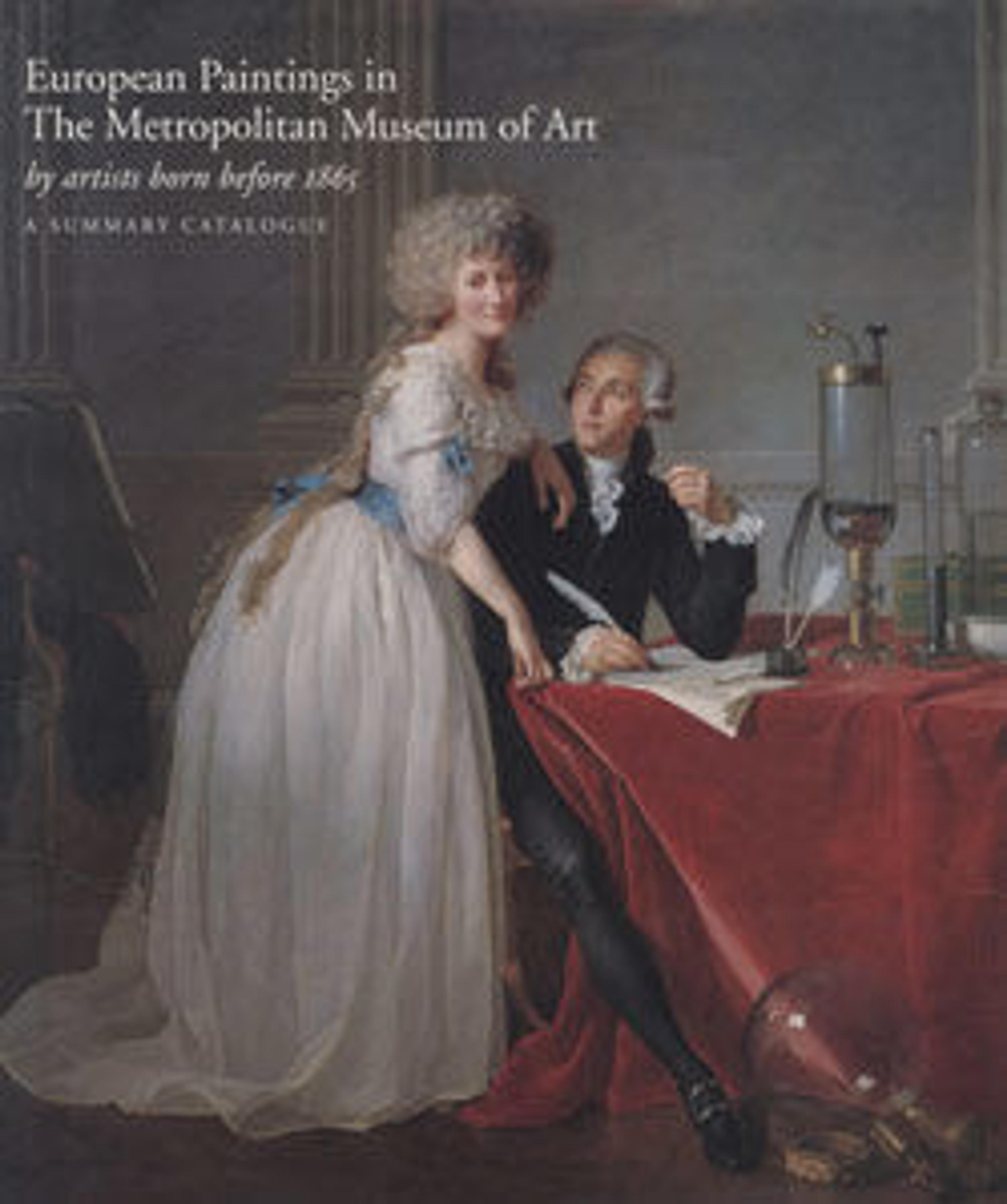Barges at Pontoise
In 1876 Pissarro undertook several views of the barges that transported goods along the Oise River to the bustling port of Pontoise, the town where he lived for many years. This canvas is the only one to show the boats up close, vividly accented with bold strokes of orange and green. So free is the handling that it is difficult to discern the figure on the prow of the barge at the left. Pissarro would return to this subject two decades later, in his scenes of the port traffic in Rouen and Paris (58.133, 1980.21.1).
Artwork Details
- Title:Barges at Pontoise
- Artist:Camille Pissarro (French, Charlotte Amalie, Saint Thomas 1830–1903 Paris)
- Date:1876
- Medium:Oil on canvas
- Dimensions:18 1/8 x 21 5/8 in. (46 x 54.9 cm)
- Classification:Paintings
- Credit Line:Bequest of Mary Cushing Fosburgh, 1978
- Object Number:1979.135.16
- Curatorial Department: European Paintings
More Artwork
Research Resources
The Met provides unparalleled resources for research and welcomes an international community of students and scholars. The Met's Open Access API is where creators and researchers can connect to the The Met collection. Open Access data and public domain images are available for unrestricted commercial and noncommercial use without permission or fee.
To request images under copyright and other restrictions, please use this Image Request form.
Feedback
We continue to research and examine historical and cultural context for objects in The Met collection. If you have comments or questions about this object record, please contact us using the form below. The Museum looks forward to receiving your comments.
